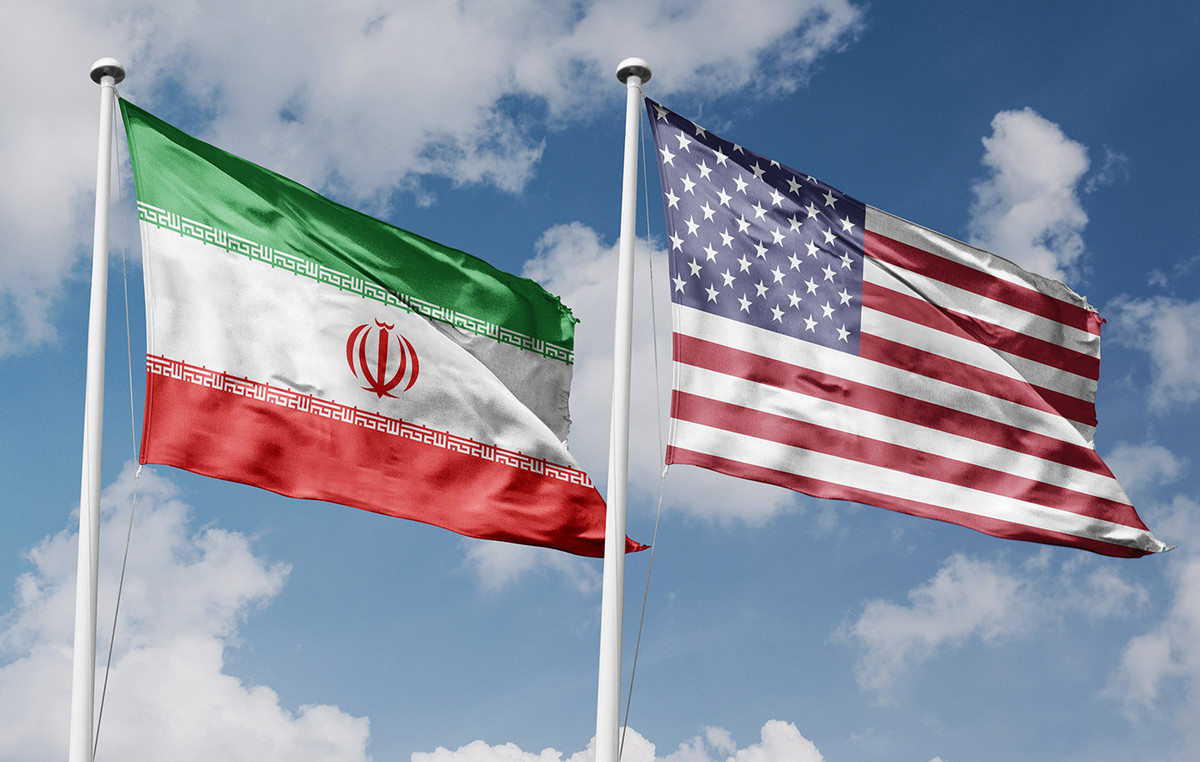Executives from media market companies gathered at the CNN Talks, sponsored by CNN and by Google, to discuss the future of content distribution. Everyone agreed on one point: you need to have quality content that is credible and relevant.
“Video content was born inside a TV device. He lived and depended on that medium that educated people to consume video content in a certain format. Today, it has gained independence and is on any device with generations that were educated in different ways to consume content. So, the distribution itself gives a reach, but we need to be relevant in this reach to speak the way people would like to hear it”, says Sergio Maria, from CNN.
This menu of options includes news, sporting events, documentaries, series and soap operas. And there are still digital influencers.
For the president of Google in Brazil, Fabio Coelho, who wants to be a content producer has to be available.
“It has to be distributed [para aparecer] in the right formats, on the right platforms and with content that appeals to an audience willing to consume it”, he says.
This is where the different platforms come in, such as open TV, subscription, streaming and social networks.
“We believe that digital platforms and, mainly, video platforms have a greater function than just entertaining. They have a function of informing, they have a social role of bringing new users and information for new users. In addition, it provides a different experience because it is a social platform, so it allows engagement and interaction, it allows connectivity that is not intended to replace traditional media, but rather to add to a new experience because, being a social platform, it allows for debate among users,” comments Claudine Bayma from Kwai.
“A platform always needs to maintain content that is extremely relevant to attract or retain subscribers”, says Fernando de Magalhães, Director of Programming and Content at Claro.
According to the Vice President of Operations, Content and Journalism at CNN, Virgilio Abranches, it is necessary to understand the characteristics of each platform to reach the largest possible number of consumers:
Like the same news, which can sometimes be arid, tax reform, for example, how do we talk to different types of audiences and on different platforms about the same subject? This is being a creator of journalism. It is being able to adapt the language to the public that needs and wants to have the information. And it is super possible to do this while preserving the character of credibility and responsibility of journalism
In this journey to conquer the public, much will have to happen through instruments programmed to work with artificial intelligence.
“There is more and more talk about artificial intelligence, which is a way of manipulating the data generated by these platforms so that we can be more assertive and more efficient in marketing investments. Much more than that, so that we can offer our audience relevant content”, says Mario Laffitte, from Samsung.
“From the moment you do this, the consequence is to have an increasingly engaged audience, which will grow and want to accompany you on your content creation journey”, concludes Gian Martinez, from Winnin.
*Published by Pedro Jordão, from CNN
Source: CNN Brasil
Charles Grill is a tech-savvy writer with over 3 years of experience in the field. He writes on a variety of technology-related topics and has a strong focus on the latest advancements in the industry. He is connected with several online news websites and is currently contributing to a technology-focused platform.







